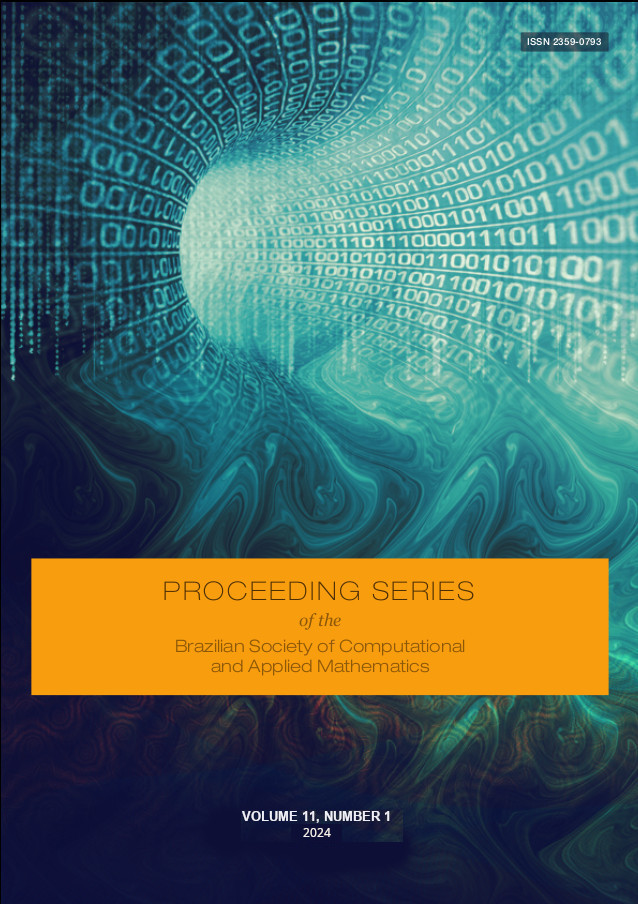Clustering energy consumption time series using singular spectrum analysis and K-means clustering
Keywords:
Smart Metering Systems, Energy Consumption, Clustering, Singular Spectrum Analysis, K-means ClusteringAbstract
The widespread adoption of Smart Metering Systems (SMS) by electrical suppliers has revolutionized energy consumption data collection. SMS not only enables capacity measurement but also unlocks valuable insights from the vast amount of data collected at short intervals from residences and industries. This detailed data empowers energy companies to gain a deeper understanding of their customers’ energy consumption behavior. One crucial task within this field is clustering households based on their load demand profiles. This clustering, achieved through smart meter data, allows for the identification of groups of users with similar consumption characteristics. These user groups can then be used to generate representative demand profiles that closely approximate the demand for specific regions or even the entire system. While numerous clustering methods exist, establishing the validity and accuracy of the results obtained through these methods remains an important area of research.
Downloads
References
F. Morales et al. “Analysis of Electric Energy Consumption Profiles Using a Machine Learning Approach: A Paraguayan Case Study”. In: Electronics 11.2 (2022), p. 267. doi: 10.3390/electronics11020267.
C. A. Field and A. H. Welsh. “Bootstrapping clustered data”. In: Journal of the Royal Statistical Society Series B: Statistical Methodology 69.3 (2007), pp. 369–390. doi: 10.1111/j.1467-9868.2007.00593.x.
R. Tibshirani, T. Hastie, and G. Walther. “Estimating the number of clusters in a data set via the gap statistic”. In: Journal of the Royal Statistical Society: Series B (Statistical Methodology) 63.2 (2001), pp. 411–423. doi: 10.1111/1467-9868.00293.

